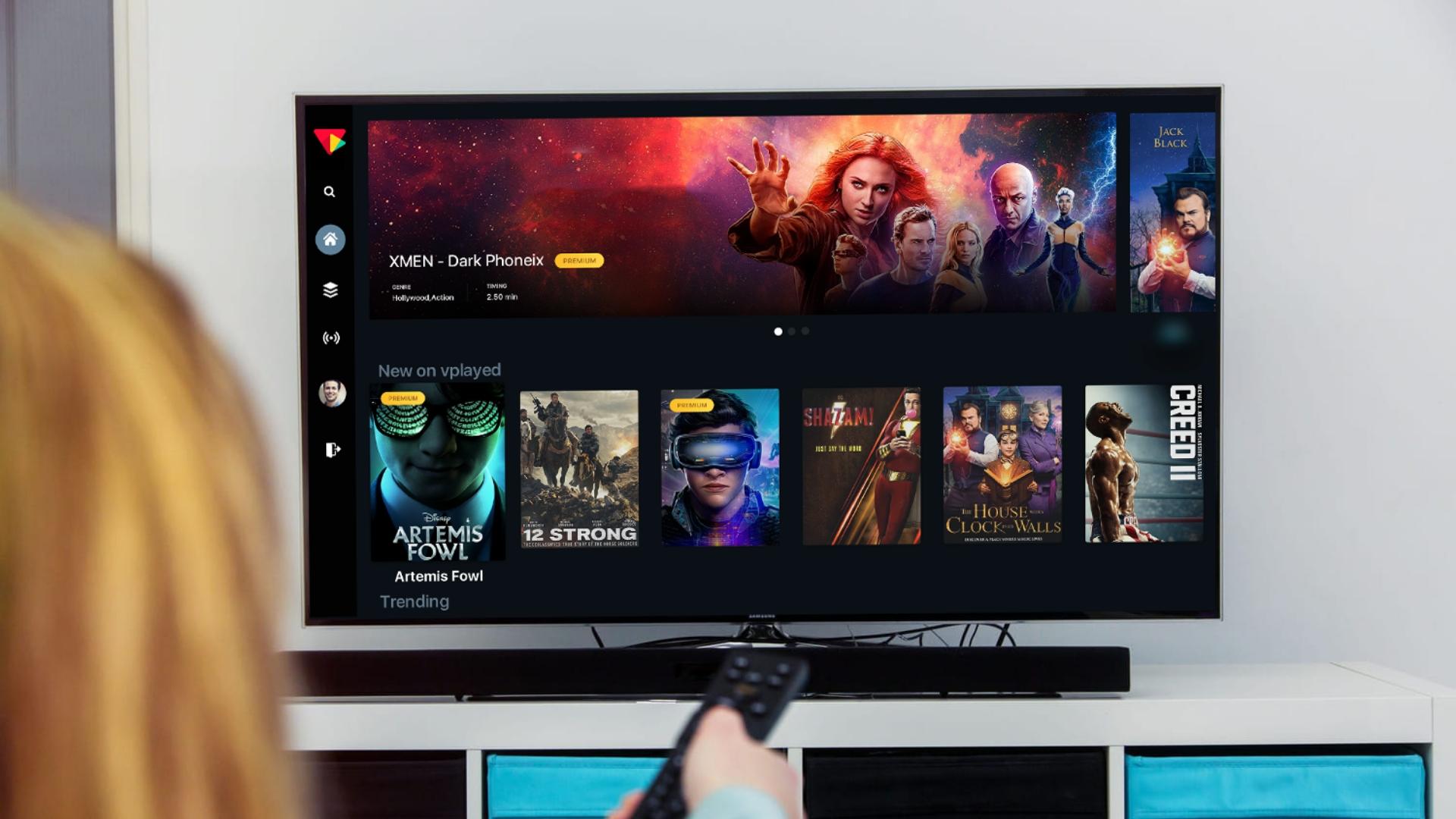The 6-Minute Rule for Apollo Group Tv
The 6-Minute Rule for Apollo Group Tv
Blog Article
Getting The Apollo Group Tv To Work
Table of ContentsAn Unbiased View of Apollo Group TvApollo Group Tv - An OverviewGetting My Apollo Group Tv To WorkThe Apollo Group Tv Statements
In this situation, as opposed to having three-minute business areas throughout a 30-minute tv program, television programs might change to one where a consumer will be called for to have a regular monthly registration, to make sure that they cen sight targeted banner ads. This kind of marketing currently occurs online, and the quantity of data tv companies collect allows them to do similar.Describe the significant fads amongst the broadcasting and cord networks. Popular radio shows such as police dramatization Dragnet and western cowboy collection Gunsmoke were adjusted for television, and new Television programs were funded by solitary advertisers, just as radio shows had actually been.
Today, the television sector is much extra complicated. Programs are funded by several marketers; shows is regulated by major media empires; and the 3 significant networks no much longer control the airwaves however rather share their viewers with numerous cord channels. Numerous factors make up these fads within the sector, including technical growths, government guidelines, and the production of new networks.

Not known Factual Statements About Apollo Group Tv
Developed in 1969, (PBS) created out of a report by the Carnegie Commission on Educational Tv, which checked out the function of academic, noncommercial television on culture. Public television was additionally planned to offer universal accessibility to tv for audiences in country areas or visitors that could not afford to pay for exclusive television services.
The period in between 1950 and 1970 is traditionally acknowledged as the. Besides a small portion of airtime regulated by public television, the three major networks (understood as the Big Three) dominated the television sector, jointly accounting for more than 95 percent of prime-time viewing. In 1986, Rupert Murdoch, the head of multinational firm Information Corp, released the Fox network, challenging the supremacy of the Big 3.
Targeting young and minority audiences with programs such as Buffy the Vampire Slayer, Moesha, Dawson's Creek, and The Wayans Bros., the brand-new networks intended to attract terminals far from their old network associations. Instead than repeating the success of Fox, UPN and WB struggled to make an impact. Incapable to draw in many affiliate terminals, both recently established networks reached less households than their larger competitors because they were inaccessible in some smaller sized cities.
This decision led the way for the development of wire movie channels, contributing to the rapid growth of cord in the 1980s and 1990s. apollo tv. More deregulation of cord in the 1984 Wire Communications Policy Act removed restrictions on cord rates, enabling operators to bill what they desired for cord solutions as long as there was reliable competition to the service (a standard that over 90 percent of all cable markets can fulfill)
Some Known Questions About Apollo Group Tv.

Having actually developed the initial "superstation," Turner expanded his world by founding 24-hour news network CNN in 1980. At the end of the year, 28 nationwide programs services were readily available, and the cable transformation had started. Over the next decade, the industry went through a period of quick development and popularity, and by 1994 customers might choose from 94 standard and 20 premium wire solutions.
Figure 9 - https://www.dreamstime.com/vickboyd3319_info.16 Increased competitors from cable channels has navigate to these guys created a stable decrease in the networks' audience scores. Throughout the 1950s, the expense of generating a solitary television show increased as programs came to be much longer and manufacturing expenses rose. Sponsorship on network tv moved from single sponsorship, in which a program was entirely sustained and produced by one advertiser, to numerous sponsorship, in which advertisers bought 1- or 2-minute areas on the program
Pick one of the Big Four networks and print out its regular programming timetable. View the network's prime-time programs over the course of a week, noting the target demographic for each show.
About Apollo Group Tv

Direct television, often described as traditional broadcast TV, includes wire and satellite television. It's called "straight" due to the fact that content complies with a predetermined programming timetable, unlike on-demand web content which the individual visitor makes a decision to see based upon their own preferences and timetable. When you ask, "What is linear TV?", assume of it as the classic way of enjoying television that has been around for years.
Report this page